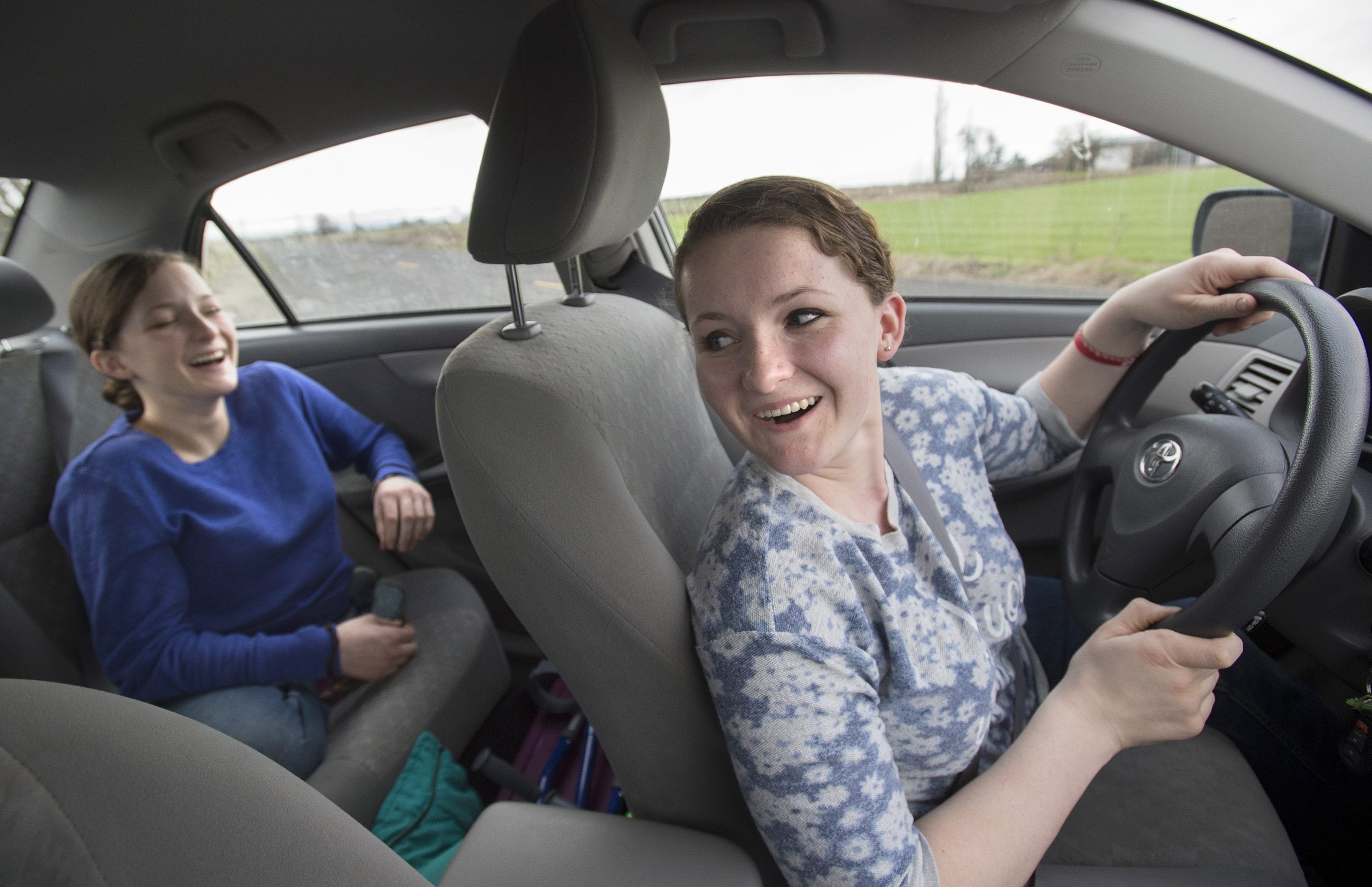HARRISBURG, Ore. — Charity and Kathleen Lincoln spent their early years in the national spotlight.
Conjoined at birth, intertwined through their abdomens and pelvises, the identical twins with curly, strawberry blonde locks hailed from Lacey and won America’s hearts on Sept. 30 and Oct. 1, 2000, when at just 7 months old, they underwent a complicated, nearly 30-hour separation surgery at Children’s Hospital in Seattle.
Many more surgeries would follow.
“We’ve kind of lost track,” their mother, Vaneice Lincoln, 45, said about the number of surgeries. “A lot.”
The family left Thurston County in 2012 so that Greg Lincoln, 47, could lead the Church of God (Seventh Day) in this rural farm town deep in the rich Willamette Valley, about 20 miles north of Eugene.
On a Saturday in February, before beginning his sermon, the senior pastor took a deep breath — probably because he knew he was going to get a couple of “Dad, don’t you dare” looks for drawing attention to the shy twins — and announced that Charity and Kathleen were turning 16 the following day. The news was followed with applause and a chorus of “Amens.”



